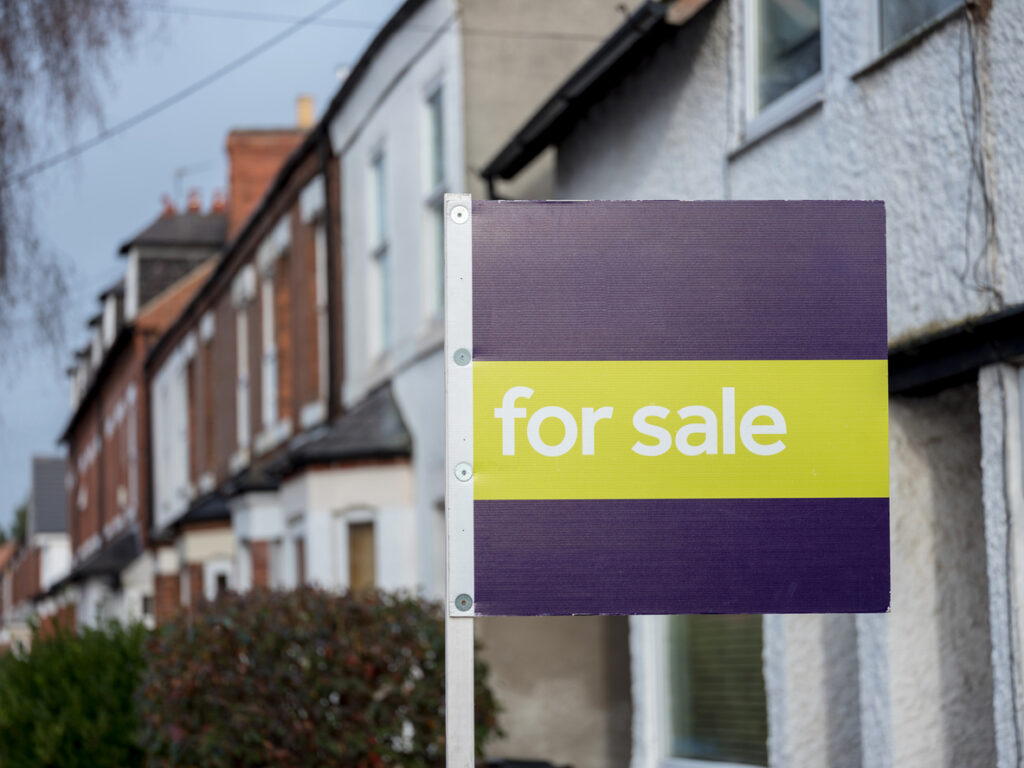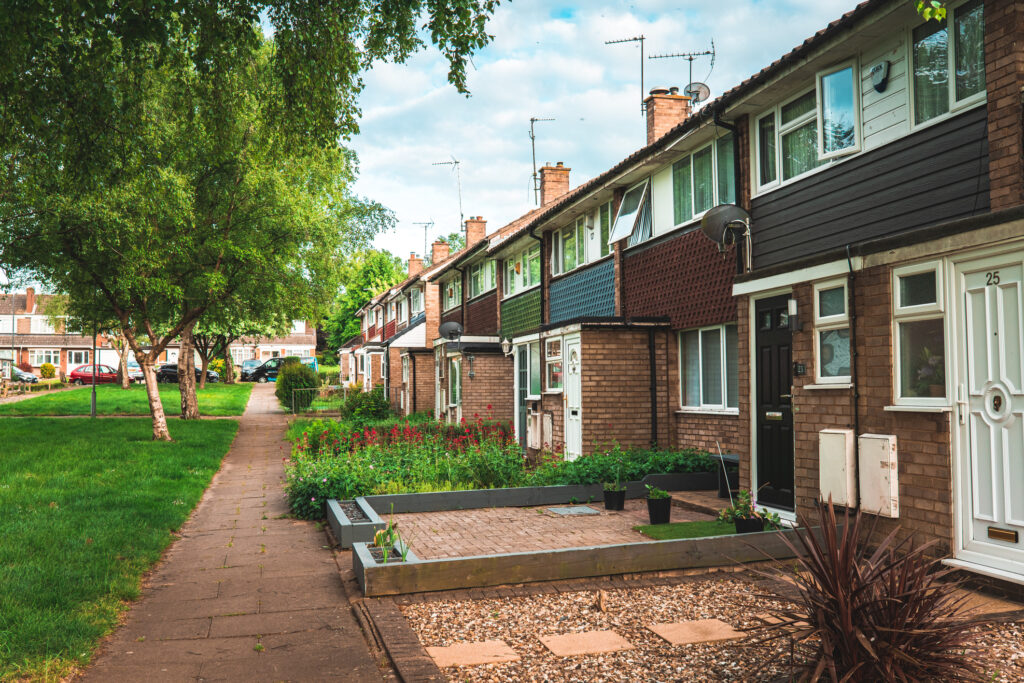Understanding the Impact of Right to Buy Reforms on Affordable Housing Providers
The Right to Buy debate has been re-ignited as rumblings of the government scaling back the policy hit the headlines. With suggestions that newly-built affordable housing will be exempt from the scheme for 35 years, and that tenants will have to reside longer in the properties to be eligible, critics have dubbed the rumoured move an ‘attack on aspiration’. Ever divisive, Right to Buy has seemingly been on the political agenda for many years, while also being at a critical crossroads. Everyone can agree that something needs to change to fix something that seems so broken, but no one can agree on exactly what.
Call us free today on 0330 0240 3338 to see how our affordable housing lawyers can help
Or if you would like to request a call back, simply click the button below, fill in the contact form and we will call you back as soon as possible.What is the Right to Buy scheme?
The scheme itself has been around since 1980 as part of the Housing Act, with the original intention of promoting a ‘property-owning democracy’ and social mobility. While some may say this started with good intentions, the Right to Buy has not adapted to keep up with the changing demands.
However, while many tenants appreciate the opportunity to own their home, the scheme is causing local authorities to haemorrhage their housing stock, with little ability to replace and them at the rate they are sold. In the 45 years since its implementation, no government has been able to make a comprehensive plan for tackling the negative consequences of Right to Buy. As a result, the problem has been allowed to fester and grow.
This slow decline over four decades, with minimal legislative updates to the scheme in that time, has meant that quick and easy fixes are no longer on the table. During the most recent election cycle Right to Buy was a political hot potato with a lot of criticism saying it should be banned outright. Although this would give local authorities a chance to catch up, it wouldn’t actively help solve the ongoing hosing crisis.
What are the proposed changes?
The government’s proposed changes, while much needed, still fall short. At this stage, simply pausing Right to Buy on new affordable housing stock temporarily will not be enough for local authorities to replenish reserves quickly enough – the answer is to build more houses. However, this isn’t a short-term solution, and there are a number of supplementary measures that could be implemented in the interim.
What is actually needed?
Increasing the proportion of affordable housing developers need to commit to through their Section 106 contributions could help in the meantime. 2025’s Planning and Infrastructure Bill has made it easier, on the whole, for essential projects, in particular housing developments, to be approved, speeding up the delivery. However, none of the measures focused on helping the affordable housing sector specifically. There was a huge, missed opportunity to give local authorities and registered providers more power to tailor Right to Buy to the needs of their local communities.
More should be done to foster collaboration, and allow Right to Buy to be tailored or paused, depending on local levels of housing stock, rather than the national picture. Registered providers, local authorities and developers should decide the tenure splits together in accordance with the requirements of the area.
Ultimately, it should be recognised that they are the experts on specific local housing need and so helping developers decide what type of affordable housing is built prior to the planning application being submitted will be better for all parties and the local community.
Building on this further, there should be more flexibility to change the tenure of properties during and after the planning process has been finalised. That way if registered providers aren’t seeing the uptake on one property type, then they can easily and quickly pivot to another, for example change rented affordable housing to shared ownership. This will allow registered providers to fill empty properties ensuring more people have access to suitable, high-quality accommodation, and also empower them, and local authorities, to better manage housing stock. This means that if there is appetite from local affordable housing tenants to purchase their property, but the local authority hasn’t got required housing stock to sell it through Right to Buy, the local authority can promote other tenures, such as shared ownership, which allow both parties to achieve their aims.
The future of Right to Buy
There isn’t a one size fits all solution for Right to Buy. Even banning it completely will have a negative impact for tenants who want to own the home they’ve lived in for years, but can’t afford it at market value. Affordable housing provision is a complex problem, but one that doesn’t need, and perhaps can never have, a neat solution.
Instead of viewing it as a binary choice: keep the scheme as is or ban it completely, why doesn’t the government instead choose to embrace the nuance and encourage registered providers, developers and local authorities to tailor it to their region for the benefit of everyone?
Do you have thoughts on the future of Right to Buy? Share your perspective and help shape the debate—get in touch with a member of our affordable housing team today.






